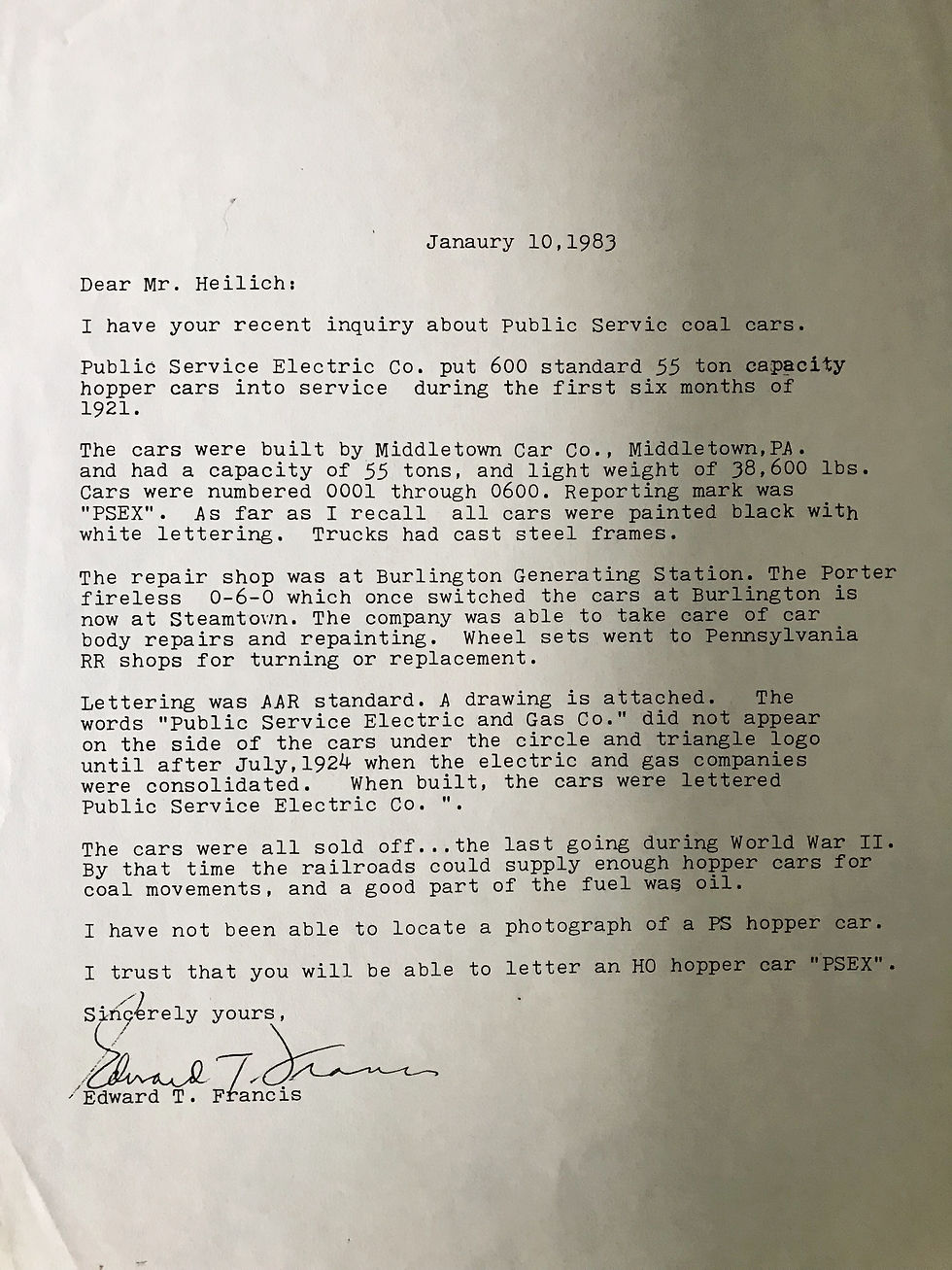Railroad Passenger Car Restoration in the South Pacific: One Project by Rob Merrifield
- Fred Heilich

- Apr 30
- 3 min read
"In early April 2025, I noticed a posting on the Facebook site Pre1895 Railroads and Steam Engines by Madison Kirkman on a New Zealand group's New Zealand Railway & Locomotive Society's restoration of a narrow-gauge second-class car from built by the Wellington and Manawatu Railway (WMR) based on the drawings for an earlier batch built by Jackson & Sharp. I sent the group a message if they needed any information on several class cars built for the Yucatan Railway including plan view drawings and the shop work specification. Thus, started a series of emails with one of the restoration team members, Rob Merrifield. Rob is a retired civil engineer. The following is his story on the restoration of WMR car #48 written by Rob on 20 April 2025. (FWHIII)"

Wellington & Manawatu Railway No 48 after signwriting, February 2020. Photo: Rob Merrifield.
Railways in the South Pacific country New Zealand, have been running since the first steam operated line opened in 1863. Gauges were standardised at 3 ft 6in in 1870 when the central government began building lines as a measure to link various small settlements through mostly treacherous mountainous terrain.
A financial crisis led to private interests trying to build further, developmental railways. By far the most successful, was the Wellington & Manawatu Railway (WMR), in the lower North Island. Its 86-mile line is now a very busy link in the national network.
Original rolling stock was built in England; in the expectation the company would be bought out and the line operated as a part of the growing national network. The depression hadn’t gone away when the WMR line was completed in 1886, and the company found unexpectedly that it had a new railway to operate! The purchase option wasn’t taken up at that time. The company quickly realised that North American operating practice suited local conditions better than did the English model used by the government lines. New locomotives came from Baldwins; passenger cars came from Gilbert Car Co, and later, Jackson & Sharp, until after 1902.
Three of its passenger cars survive, all built in the Company shops in Wellington, to drawings based heavily on those of an earlier batch of Jackson & Sharp cars. These are in process of restoration by New Zealand Railway & Locomotive Society at a suburban Wellington site.

Restoration work in progress, March 2025. Left: WMR 42 in as-received condition. Centre left, WMR 48 nearing the end of restoration. Centre and right, WMR 52 with floor framing being rebuilt under the suspended upper body. Photo: G C Summers.
Every effort is being made to return them to their as-built appearance. Research was carried out both locally and internationally. Even so, some details, finishes especially, have apparently been lost irrevocably. The restoration team have had to make many replacement fittings, including, for example, toplight (Clerestory windows) openers based on salvaged examples (two different designs). We have similarly made new full sets of door hinges based on a salvaged design, amongst other fittings.

Left, a salvaged original door hinge; right, a new reproduction hinge. Photo: Rob Merrifield.
All three cars were built with electric and oil lighting. The original electric lights were fed at 50 volts DC from a battery in the guard’s van. We have had to use 12 volts DC in restoration. Oil lamps were a North American design still made by W T Kirkman Company of California. The originals being long lost, we found the cost of new lamps from Kirkman's unaffordable. International money exchange rates and the ongoing struggle to find funds for the restoration work meant we had to do something else. The result is that we have made non-working reproductions from scratch. Our sole modification has been to reduce the height of the lamps slightly for headroom reasons: people alive today are appreciably taller than they were 120 years ago! Dimensions were taken from photographs and scaled to match the plugged screw holes on saloon ceilings.

Oil and electric lights in place in WMR 48, June 2024. Photo: Rob Merrifield.

At April 2025 interior work on WMR 48 is concentrated on building the wooden luggage racks above the windows. Remaining oil lamps will be fitted after this work is completed.
Photo: Rob Merrifield.
Meanwhile, rebuilding of the badly deteriorated framing of WMR 52 has begun. The floor framing for this car is coming together, after which the walls and roof framing will have all necessary work done. All of this will become a mix of original and replacement woodwork.
Our target is to complete 48 this year and 52 at least by 2036, the 150th anniversary of opening the Company’s line. Resources of people and funding will determine how long it will take to restore all three, including No. 42.










Comments